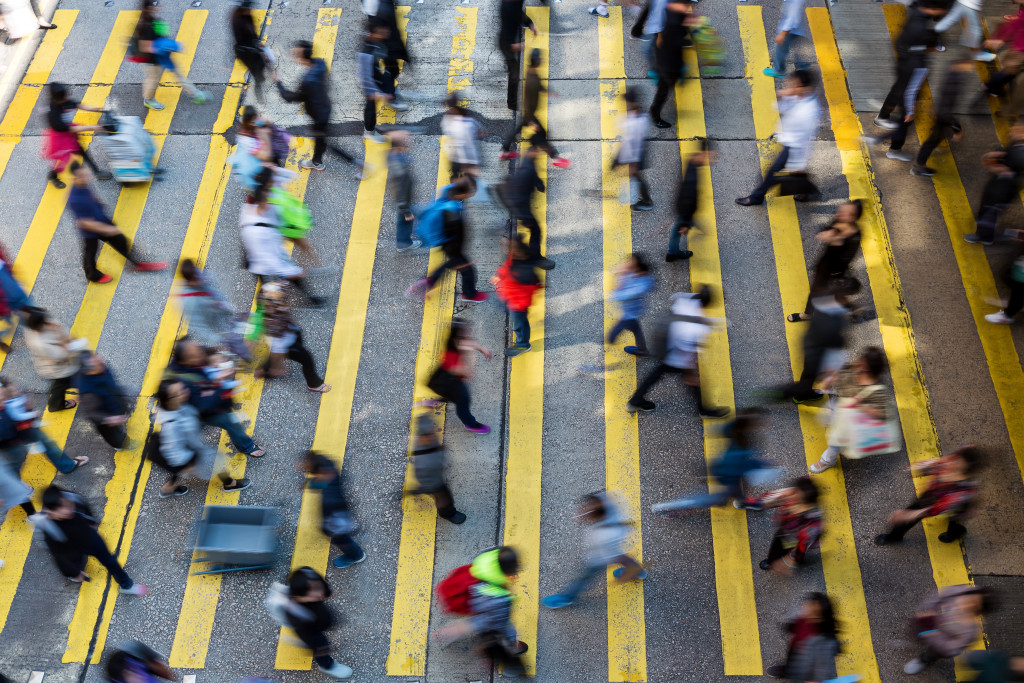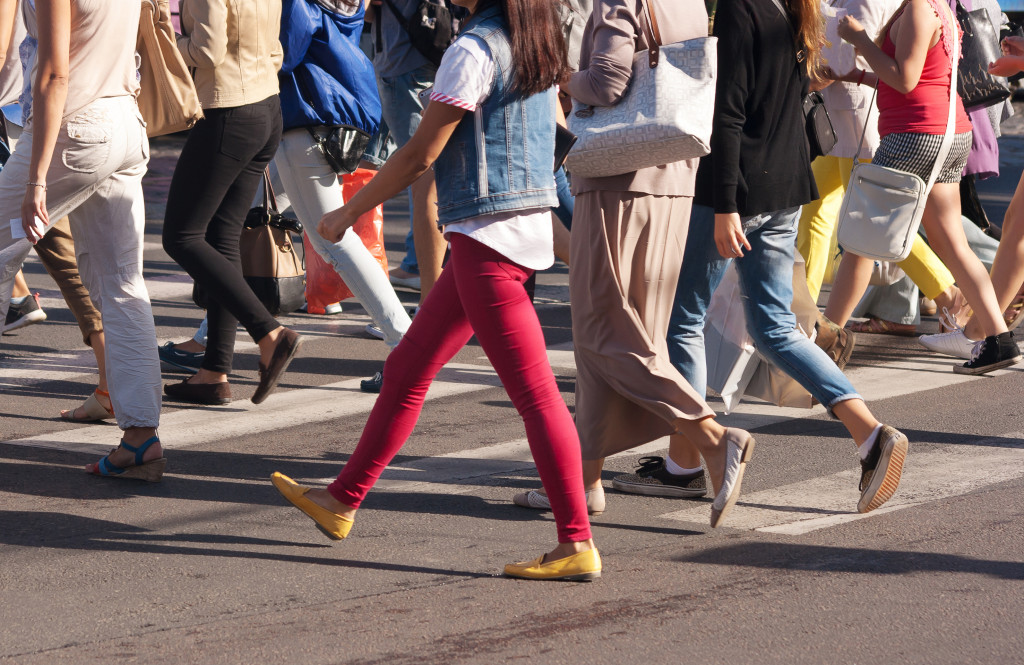While the United States is still reeling from the huge number of fatalities from Covid-19, the Governors Highway Safety Association (GHSA) identified another unexpected cause of casualties in a study released on May 20. According to data from State Highway Safety Offices (SHSOs), the number of pedestrian accident casualties in 2020 was an estimated 6,721 as against 6,412 in 2019. The difference of 309 may seem small, but these are people’s lives and each one is invaluable.
The study highlighted that there were significantly fewer cars on the road during the pandemic in 2020, with a 13.2 percent reduction in vehicle miles traveled (VMT). This means that the rate of pedestrian deaths against the number of vehicles rose 21 percent from 2019. It is a record increase from 1975 when the Fatality Analysis Reporting System (FARS) of the National Highway Traffic Safety Administration (NHTSA) was established. NBC News cites the study’s safety researcher and analyst Richard Retting calling the situation “mind-boggling.”
Factors That Cause Pedestrian Traffic Casualties
Medical front liners attribute a large number of casualties to speeding drivers. They said that having fewer vehicles on the roads means there is more leeway for drivers to drive faster. Dr. James Augustine, the spokesman for the American College of Emergency Physicians, stated that most of the accidents occurred at high speeds and this is devastating for pedestrians. He added that another cause of such accidents is the distraction of both the driver and the pedestrian who are looking at their phones.
Retting stated that most of the pedestrian casualties happened on busy arterial roads where there are a lot of businesses like grocery shops. He said drivers are often unyielding and it is difficult to cross such streets. The casualties mostly occurred in urban areas, and most of the fatalities were people of color. She attributes this to a lack of access to transportation.
The highest pedestrian traffic casualties occurred in Rhode Island, Vermont, and Kansas. The good news is that there were decreases in the number of pedestrian fatalities in 11 states, with double-digits in Hawaii, Maine, and Delaware.
Protecting Pedestrians
Families of pedestrian traffic casualties and survivors must acquire the services of a reputable pedestrian accident attorney. Such a specialist will best represent the victim in getting compensation for wrongful death and all manner of injuries, suffering, medical costs, and lost income.
The GHSA’s Pedestrian Traffic Fatalities by State: 2020 Preliminary Data released on March 23 recommended comprehensive measures to reduce pedestrian casualties and injuries. It proposed five E’s: Equity, Engineering, Enforcement, Education, and Emergency Medical Response.

Equity and Engineering
Equity means consideration of the movement of walkers, cyclists, and motorists on an equal field. Infrastructure programs must ensure that all locales are accessible and safe for all types of mobility.
Engineering projects must prioritize speed reduction for motor vehicles. The most effective speed control intervention in European studies, reducing pedestrian accidents by 75 percent, is the replacement of conventional intersections with modern roundabouts. Other techniques to calm traffic include the installation of speed humps, pedestrian refuge islands, lane narrowing, adjustments in road curvature, and the installation of conspicuous speed and red-light cameras.
In some vulnerable areas such as school safety zones, a comprehensive program must also add noticeable and clear signage and pavement markings. The pacing of traffic lights must correct to allow motorists enough time to slow down before the red light. Since 75 percent of fatal pedestrian accidents occur at night, the installation of bright streetlights at pedestrian crossings has a significant impact. Vehicle manufacturers also have a role by installing automatic emergency braking systems that can detect a pedestrian and brake immediately and safely.
Education and Enforcement
Education and enforcement go hand-in-hand. Education campaigns on pedestrian safety must be widely publicized and implemented along with enforcement. SHSOs state that high visibility enforcement in addition to public outreach and education are effective measures for deterrence and changing unlawful motorist behavior. This also applies to drinking and the use of illegal medication among drivers.
Emergency Medical Services
Emergency Medical Services (EMS) involve the integrated system of trained personnel, services, and facilities such as emergency medical technicians, ambulances, medivac helicopters, and trauma care centers that attend to pedestrian victims of accidents. The timeliness of a high-quality emergency medical response is vital to the victim’s chances of survival.
The National Highway Traffic Safety Administration (NHTSA) released in October 2020 a public service announcement (PSA) in multiple languages urging bystanders who witness an accident to stop, call 911, and stay at the scene until EMS arrives. The NHTSA has a comprehensive website on EMS resources. The website “You Are the Help Until Help Arrives” also provides emergency tips on what to do before the emergency team arrives.
Everyone has the right to walk safely. Walking must, in fact, be highly encouraged for all ages. Not only is it an effective form of exercise, but it is also the best way to go from one place to another with no carbon footprint. In today’s world, this is the best form of mobility.
